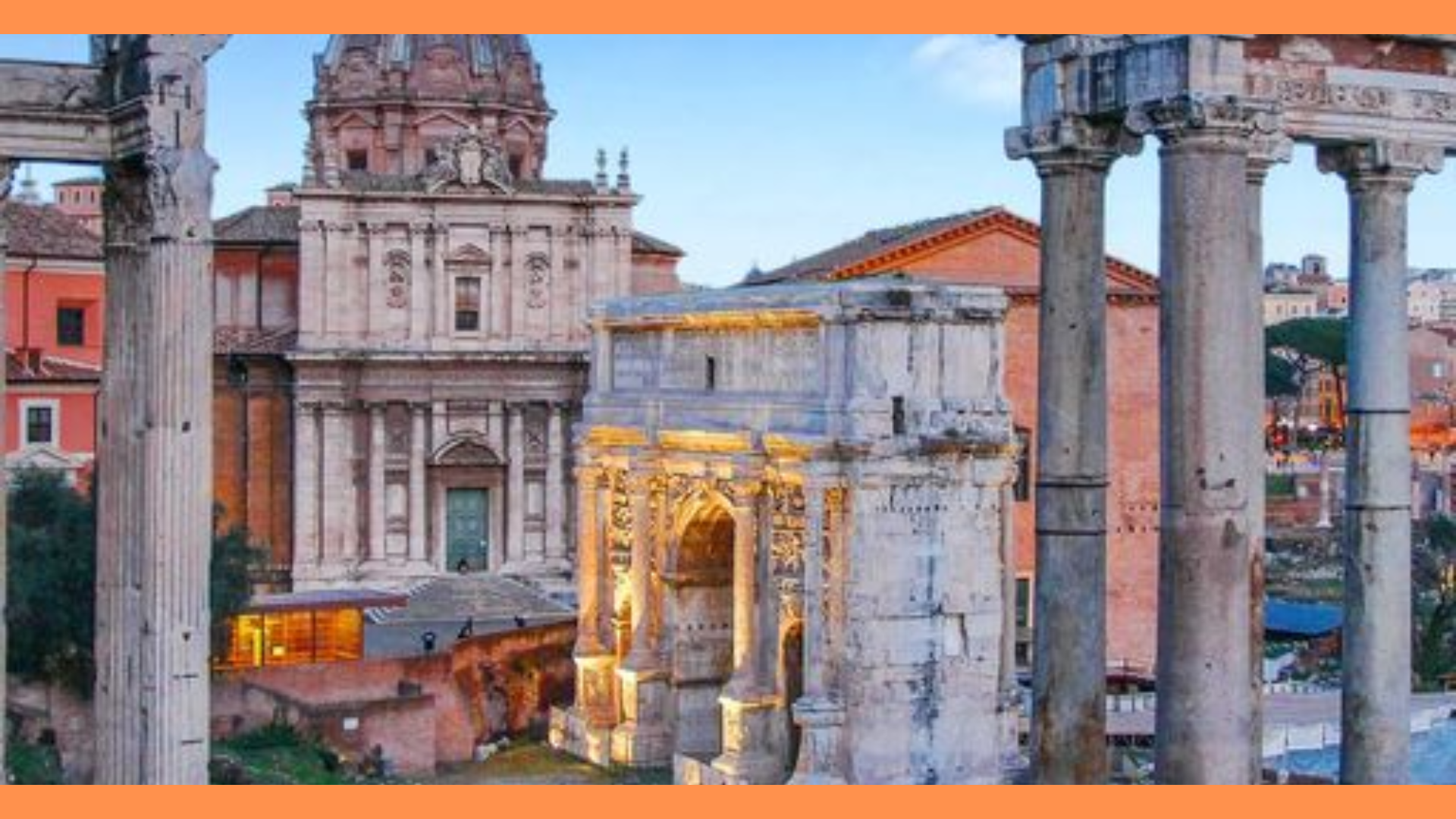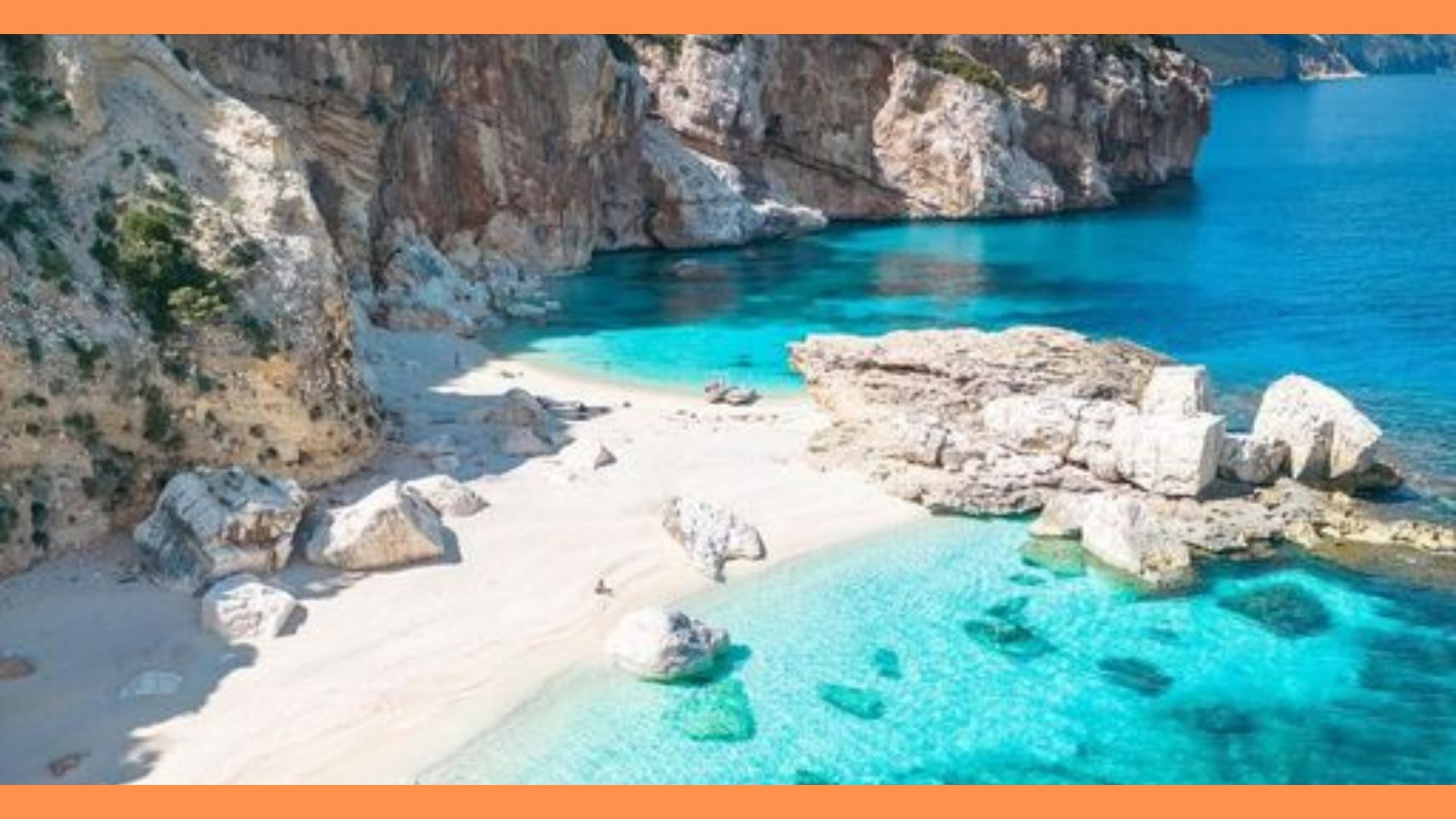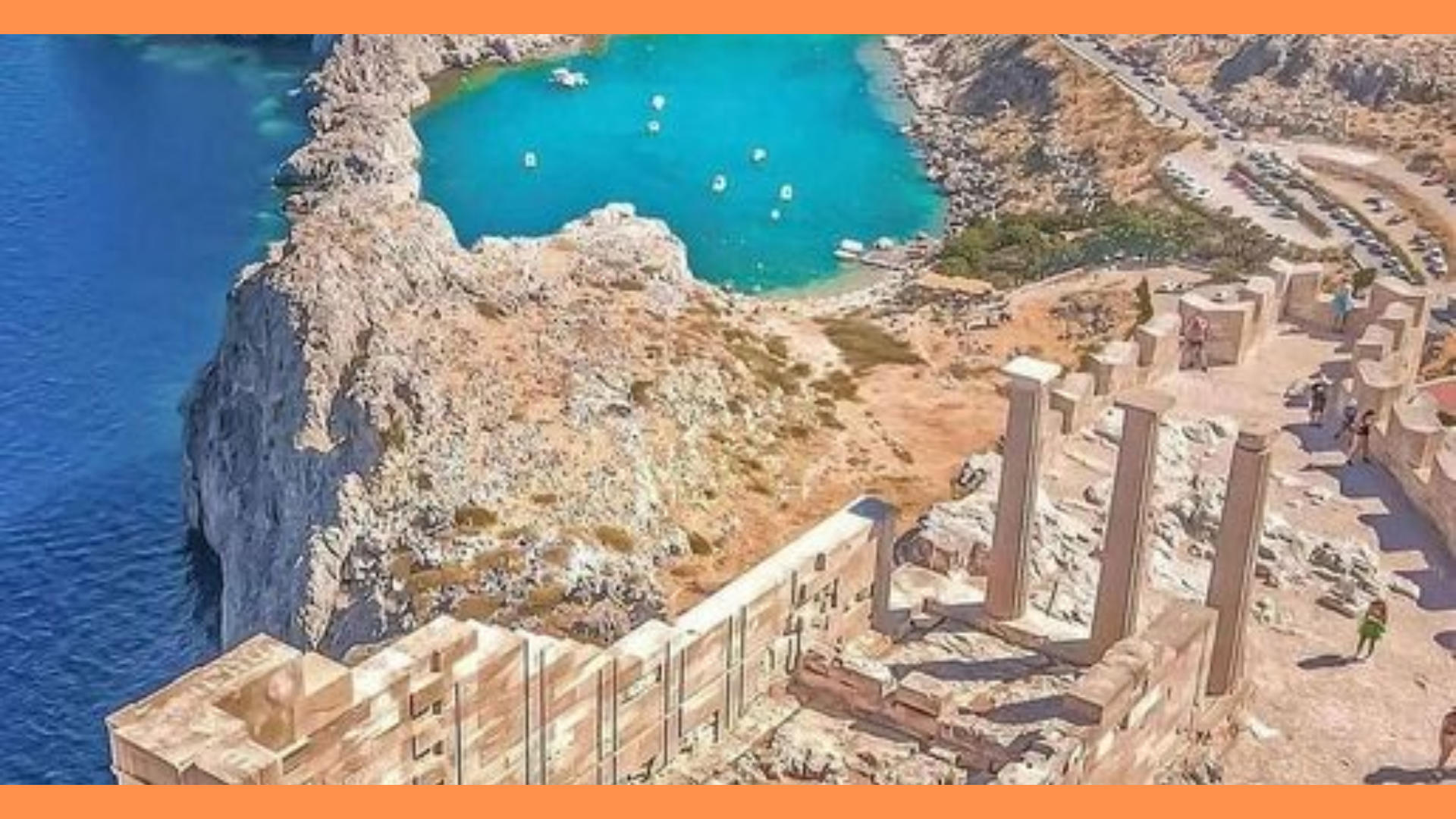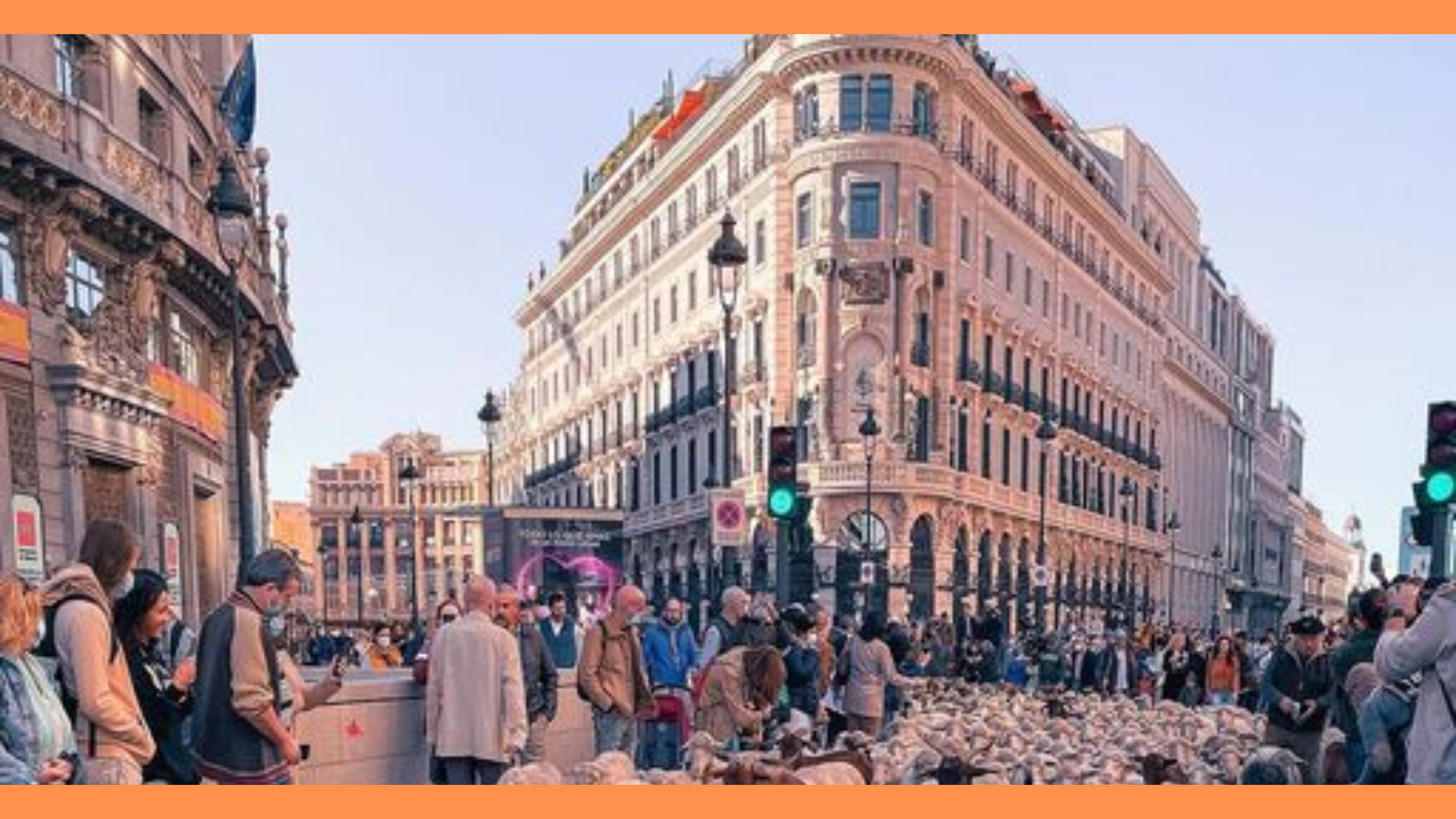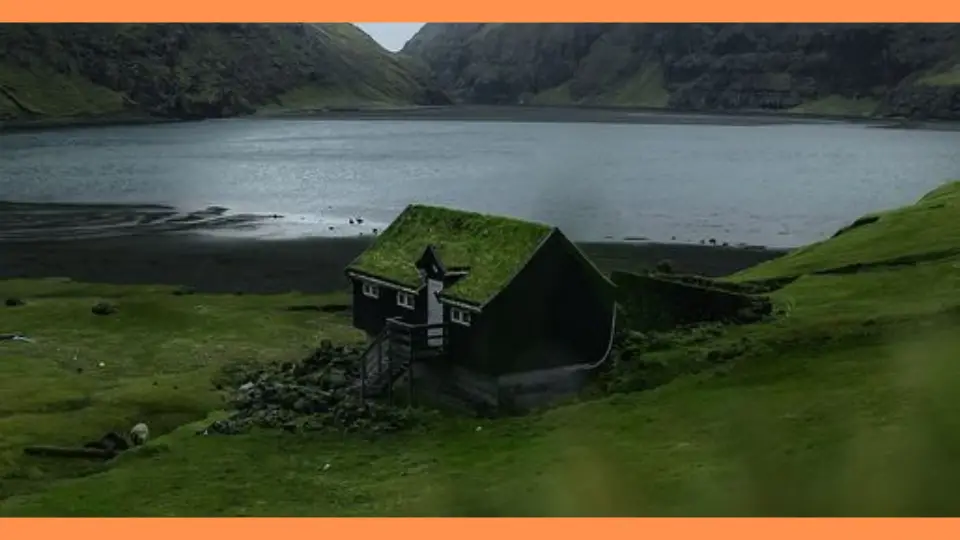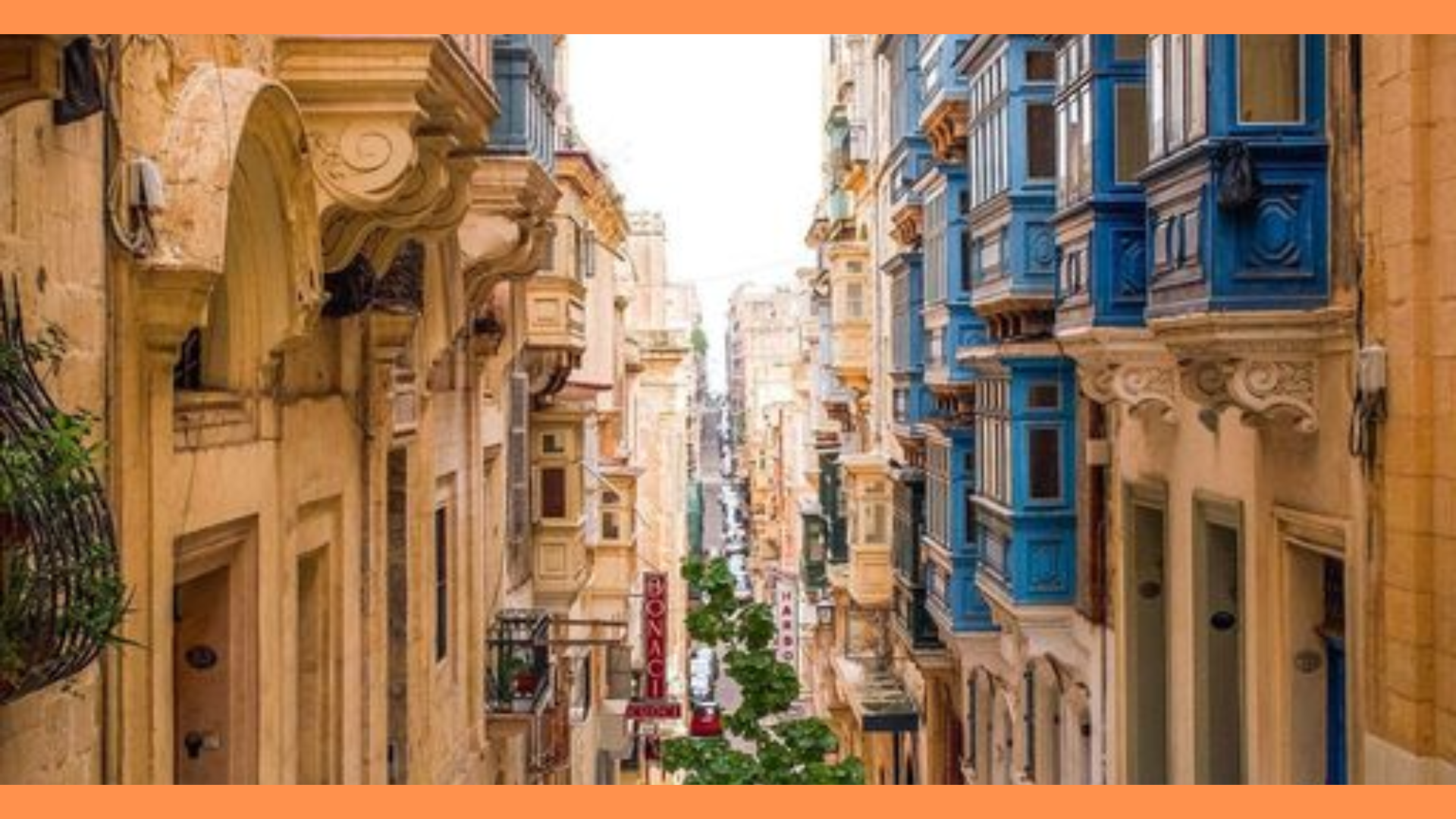Rome offers a rich tapestry of historical landmarks, scenic attractions, and culinary delights. From ancient ruins and vibrant neighborhoods to iconic dishes like Cacio e Pepe and modern street foods such as Supplì, the city provides an immersive experience that combines its storied past with a lively present.
The diverse cuisine, characterized by traditional recipes and local specialties, reflects Rome’s rich cultural heritage and contemporary dining trends.
I. Introduction
Rome is the capital city of Italy, renowned for its extensive historical and cultural heritage. Located in central Italy, it is famous for its ancient ruins, vibrant street life, and monumental architecture.
A. Overview of Rome
- Location: Rome, the capital city of Italy, is situated in the central-western part of the Italian Peninsula, within the region of Lazio. It is bisected by the Tiber River, which adds to its picturesque landscape. This city, with its rich history and cultural heritage, serves as a political, cultural, and historical hub of Italy.
- Historical and Cultural Significance: Rome’s history spans over 2,500 years, making it one of the oldest continuously inhabited cities in the world. Known as the “Eternal City,” Rome has been a significant center of power, culture, and religion. It was the heart of the Roman Kingdom, the Roman Republic, and the Roman Empire, and later became the seat of the Roman Catholic Church. The city is a treasure trove of ancient ruins, Renaissance art, Baroque architecture, and modern attractions, showcasing its ability to adapt and thrive through various historical epochs.
B. Importance as a Travel Destination
- Historical Richness: Rome’s rich tapestry of history is visible through its numerous ancient ruins, historic landmarks, and architectural masterpieces. Sites such as the Colosseum, the Roman Forum, and the Pantheon stand as testaments to Rome’s glorious past and its impact on the world. The city’s layers of history attract millions of visitors eager to explore its storied streets and uncover the secrets of ancient Rome.
- Cultural Heritage: Beyond its historical significance, Rome is a vibrant cultural destination. It boasts world-renowned museums, art galleries, and performance venues. The Vatican City, an independent city-state within Rome, is home to St. Peter’s Basilica, the Vatican Museums, and the Sistine Chapel, all of which feature stunning artworks and religious artifacts. Rome’s lively street life, bustling markets, and diverse culinary scene further enrich the cultural experience for travelers.
II. Travel Destinations in Rome
Rome boasts numerous historical and cultural landmarks, including the Colosseum, a grand amphitheater from ancient Rome; the Vatican Museums, home to Renaissance art and the Sistine Chapel; and the Pantheon, an ancient temple renowned for its architectural innovation.
A. Historical and Cultural Sites
- Colosseum:
- Description: The Colosseum, also known as the Flavian Amphitheatre, is an ancient Roman amphitheater located in the heart of Rome. It is an iconic symbol of Imperial Rome and one of the greatest works of Roman engineering and architecture.
- Key Features: The Colosseum could hold up to 80,000 spectators and was used for gladiatorial contests, public spectacles, and theatrical performances. Visitors can explore its well-preserved structure, including the underground chambers where gladiators and animals were kept before contests.
- Roman Forum:
- Description: The Roman Forum was the center of ancient Rome’s public life. It served as a marketplace, political hub, and social gathering space.
- Key Features: The Forum is home to numerous significant ruins, including the Temple of Saturn, the Arch of Titus, and the Rostra. Walking through the Forum provides a glimpse into the daily life and grandeur of ancient Rome.
- Vatican City:
- Description: Vatican City is the smallest independent state in the world and the spiritual and administrative center of the Roman Catholic Church. It is entirely surrounded by Rome.
- Key Features: Key attractions include St. Peter’s Basilica, with its magnificent dome designed by Michelangelo, the Vatican Museums, housing one of the world’s most extensive art collections, and the Sistine Chapel, famous for Michelangelo’s frescoes on the ceiling and The Last Judgment.
- Pantheon:
- Description: The Pantheon is a former Roman temple, now a church, known for its well-preserved architecture and historical significance.
- Key Features: The Pantheon’s dome is an architectural marvel, featuring an oculus that allows natural light to illuminate the interior. The building’s harmonious proportions and grand columns are also noteworthy.
- Trevi Fountain:
- Description: The Trevi Fountain is a Baroque masterpiece and one of the most famous fountains in the world.
- Key Features: The fountain is adorned with sculptures of Oceanus and other mythological figures. Tradition holds that tossing a coin into the fountain ensures a return to Rome.
- Piazza Navona:
- Description: Piazza Navona is a historic square known for its vibrant atmosphere and Baroque architecture.
- Key Features: The square is home to three impressive fountains, including the Fountain of the Four Rivers by Bernini. The Church of Sant’Agnese in Agone and numerous street artists, cafes, and shops add to its charm.
B. Scenic Attractions
- Spanish Steps:
- Description: The Spanish Steps are a grand staircase connecting the Piazza di Spagna with the Trinità dei Monti church.
- Activities: Visitors can relax on the steps, enjoy people-watching, and take in the views of the surrounding area. The nearby Keats-Shelley Memorial House is also worth a visit for literary enthusiasts.
- Villa Borghese Gardens:
- Description: Villa Borghese is a large public park offering lush green spaces and cultural attractions.
- Activities: The park is ideal for walking, picnicking, and enjoying outdoor performances. It also houses several museums, including the Galleria Borghese, which features works by Caravaggio, Bernini, and Raphael.
- Tiber River:
- Description: The Tiber River runs through Rome, providing a scenic backdrop for the city.
- Activities: Visitors can enjoy riverside walks, boat tours, and picturesque views of bridges such as the Ponte Sant’Angelo. The riverbanks are also home to lively events and markets.
C. Cultural Experiences
- Local Markets:
- Campo de’ Fiori: This historic market is known for its fresh produce, flowers, and local products. It transforms into a lively square with restaurants and bars in the evening.
- Mercato Testaccio: This vibrant market offers a wide range of food stalls and local delicacies, making it a favorite spot for food lovers.
- Festivals and Events:
- Rome’s Birthday (Natale di Roma): Celebrated on April 21st, this event marks the founding of Rome with parades, historical reenactments, and cultural activities.
- White Night (Notte Bianca): This cultural festival sees museums, galleries, and shops staying open all night, with various performances and events taking place throughout the city.
- Art and Music:
- Opera at Teatro dell’Opera: Rome’s premier opera house offers world-renowned performances in a stunning setting.
- Street Performances: Rome’s streets and squares come alive with musicians, artists, and performers, providing spontaneous entertainment and cultural enrichment.
III. Cuisine of Rome
Rome is known for its iconic traditional dishes such as Cacio e Pepe, a simple pasta with cheese and pepper; Carbonara, a creamy pasta with eggs, cheese, and pancetta; and Saltimbocca alla Romana, veal topped with prosciutto and sage.
A. Traditional Dishes
- Cacio e Pepe
- Description: Cacio e Pepe is a quintessential Roman pasta dish, celebrated for its simplicity and rich flavor. The name translates to “cheese and pepper,” which perfectly encapsulates the dish’s primary ingredients.
- Preparation: This dish features spaghetti or tonnarelli pasta tossed with a sauce made from Pecorino Romano cheese and freshly cracked black pepper. The key to its creamy texture lies in the way the cheese melts into the pasta water, creating a smooth, savory sauce. It’s often enjoyed as a comforting and satisfying meal, showcasing the beauty of Roman cuisine’s simplicity.
- Carbonara
- Description: Carbonara is another iconic Roman pasta dish known for its creamy, savory sauce. It combines eggs, Pecorino Romano cheese, pancetta (or guanciale), and black pepper.
- Preparation: The traditional method involves cooking pasta and then tossing it with a mixture of beaten eggs and cheese, which, when combined with the hot pasta, forms a rich, creamy sauce. The pancetta or guanciale adds a crispy texture and salty depth, making it a beloved favorite among both locals and visitors.
- Amatriciana
- Description: Originating from the town of Amatrice, Amatriciana is a hearty Roman pasta dish characterized by its tomato-based sauce and flavorful pork cheek or pancetta.
- Preparation: The sauce is made by sautéing guanciale or pancetta, then adding tomato sauce, and simmering until rich and thick. The pasta, typically bucatini or spaghetti, is coated with this flavorful sauce, and the dish is finished with a generous sprinkling of Pecorino Romano cheese.
- Saltimbocca alla Romana
- Description: Saltimbocca alla Romana is a traditional Roman meat dish featuring tender veal slices topped with prosciutto and sage leaves, then cooked in white wine.
- Preparation: The veal is pounded thin, layered with prosciutto and sage, and secured with toothpicks. It is then sautéed and deglazed with white wine to create a savory, aromatic sauce. The combination of prosciutto and sage infuses the veal with a distinctive, delicious flavor.
- Roman Artichokes (Carciofi alla Giudia)
- Description: Carciofi alla Giudia, or Jewish-style artichokes, are a classic Roman appetizer with a crispy exterior and tender interior. This dish has its roots in Rome’s Jewish community, particularly in the ghetto area.
- Preparation: The artichokes are cleaned, seasoned, and then deep-fried until golden and crispy. They are often served with a sprinkle of salt and a squeeze of lemon, offering a delightful contrast between the crunchy coating and the tender artichoke heart.
B. Local Specialties and Street Food
- Supplì
- Description: Supplì are Roman street food delights consisting of deep-fried rice balls filled with a gooey mixture of rice, tomato sauce, and cheese.
- Preparation: The rice is cooked with tomato sauce and mixed with melted cheese, then shaped into balls and breaded before frying. When bitten into, the melted cheese creates a satisfying, stringy effect. Supplì are commonly enjoyed as an appetizer or snack and are often paired with a glass of local wine.
- Porchetta
- Description: Porchetta is a traditional Roman dish made from whole, seasoned pig roasted to perfection. It’s known for its crispy skin and flavorful, tender meat.
- Serving: The pork is typically served in sandwiches, often accompanied by fresh bread, and sometimes with a drizzle of salsa verde (a green sauce made with parsley, garlic, and capers). It’s a popular choice for street food enthusiasts and is often featured at festivals and markets.
- Trapizzino
- Description: Trapizzino is a modern Roman street food innovation that combines traditional pizza and sandwich elements. It consists of a triangular pizza pocket filled with various savory fillings.
- Preparation: The pizza dough is shaped into a pocket and baked until crispy. It is then stuffed with a range of fillings, such as stewed meat, vegetables, or cheeses, providing a convenient and delicious way to enjoy classic Roman flavors in a portable format.
- Pizza al Taglio
- Description: Pizza al Taglio, or “pizza by the slice,” is a popular Roman-style pizza served in rectangular slices. It is known for its thick, airy crust and a wide variety of toppings.
- Serving: This pizza is typically sold by weight at pizzerias and bakeries. The toppings can range from classic combinations like Margherita (tomato, mozzarella, and basil) to more inventive options like roasted vegetables or cured meats. It’s a great option for a quick and satisfying meal.
C. Regional Ingredients and Products
- Pecorino Romano Cheese
- Description: Pecorino Romano is a hard, salty cheese made from sheep’s milk and is a staple ingredient in Roman cuisine. Its sharp, tangy flavor adds depth to many traditional dishes.
- Uses: It is commonly used in pasta dishes like Cacio e Pepe, Carbonara, and Amatriciana, where its robust flavor shines through. It’s also enjoyed grated over salads or as a table cheese.
- Guanciale
- Description: Guanciale is a type of Italian cured meat made from pork cheek or jowl. It is less common outside of Italy but is integral to many Roman recipes.
- Uses: Guanciale is used in dishes like Carbonara and Amatriciana, where its rich, fatty texture and deep flavor contribute to the overall taste of the dish.
- Roman Mint and Herbs
- Description: Roman cuisine often incorporates fresh herbs like mint, rosemary, and sage. These herbs are used to enhance the flavor of various dishes and are a key component in traditional Roman cooking.
- Uses: They are used in seasoning meats, flavoring sauces, and garnishing dishes. Roman mint, in particular, adds a refreshing touch to many recipes.
D. Desserts and Sweets
- Tiramisu
- Description: Tiramisu is a beloved Italian dessert known for its layers of coffee-soaked ladyfingers and mascarpone cheese, dusted with cocoa powder.
- Preparation: The dessert involves layering coffee-dipped ladyfingers with a rich mixture of mascarpone cheese, egg yolks, and sugar. It’s chilled to allow the flavors to meld together, resulting in a creamy and indulgent treat.
- Maritozzo
- Description: Maritozzo is a traditional Roman pastry consisting of a soft, sweet bun filled with whipped cream.
- Preparation: The bun is typically served fresh, with the cream generously piped into the center. It is often enjoyed as a breakfast item or a sweet snack.
- Pizza Bianca
- Description: Pizza Bianca, or “white pizza,” is a Roman-style pizza that is topped with olive oil, rosemary, and sea salt, without tomato sauce.
- Preparation: The pizza is baked with a simple topping of olive oil and herbs, creating a crispy, flavorful crust that can be enjoyed on its own or with additional toppings.
In summary, Rome’s culinary landscape is as rich and diverse as its history. From traditional pasta dishes like Cacio e Pepe and Carbonara to modern street food innovations like Trapizzino, the city’s cuisine reflects both its ancient heritage and contemporary influences. Local specialties, such as Supplì and Porchetta, offer a taste of Roman street food culture, while regional ingredients like Pecorino Romano and Guanciale are integral to many classic recipes.

